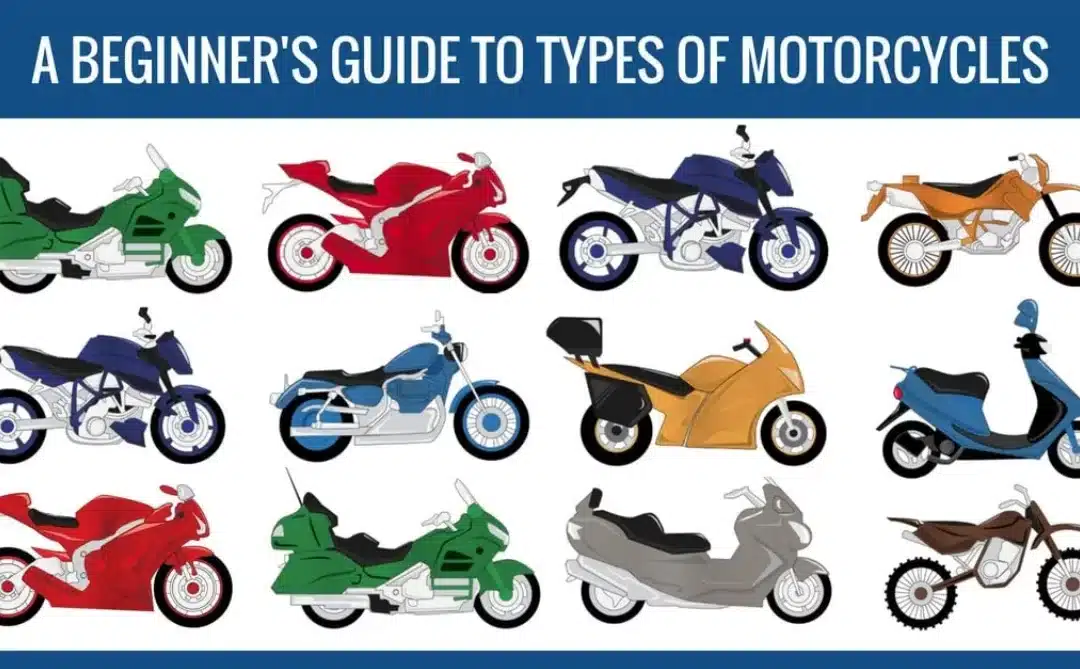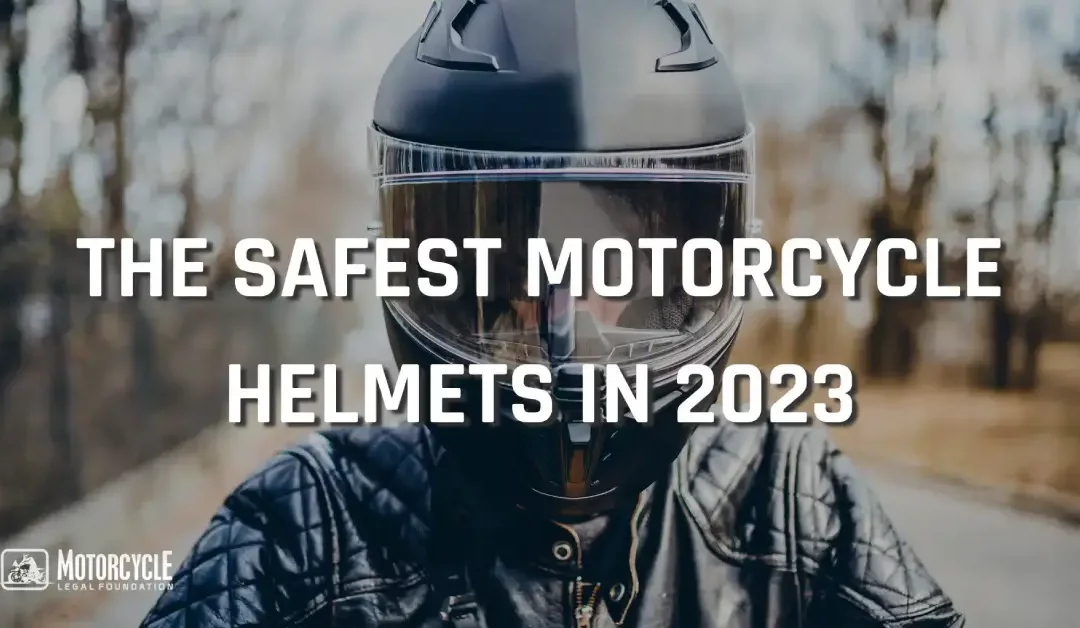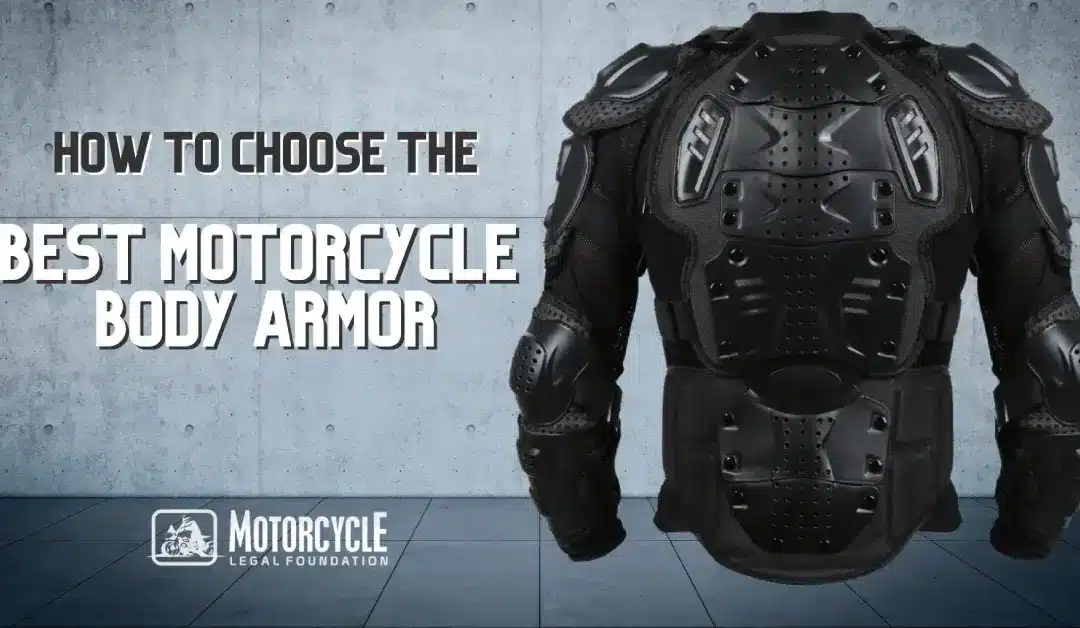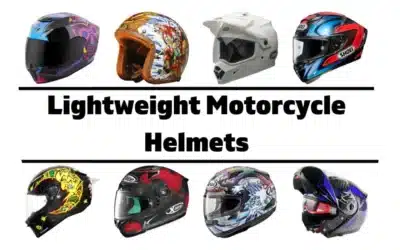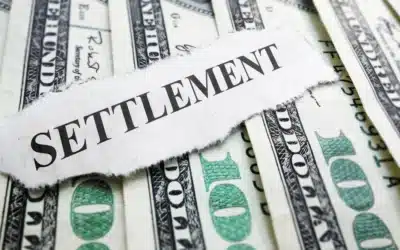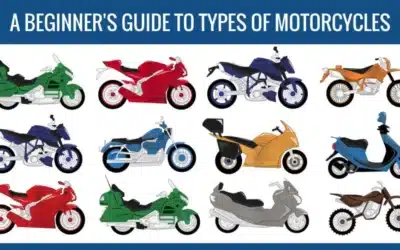Establish What’s Important to You
Potential Buyers
How Should I Sell My Motorcycle?
Motorcycle Paperwork
Shipping a Motorcycle
Wrap up: Guidelines for Success
If you’re considering selling a motorcycle (or any vehicle for that matter) and you don’t have experience in the process, then you’re probably feeling overwhelmed. There’s a lot that goes into selling something like a motorcycle, which is why we made this guide to provide you with the only resource you’ll ever need for selling your motorcycle. Let’s dive in.
Establish What’s Important to You
Why Are You Selling Your Motorcycle?
Are you looking for the most money? Are you looking for the fastest sale? Are you looking for the best owner to continue treating your bike the way you did? The answers to these questions will lead you toward the answers to the following questions.
The answers to these questions will be a little different for each seller.
If you’re looking for the most money, but aren’t in a hurry to sell right away, set a high asking price and don’t leave much room for negotiation.
If you’re looking to sell as soon as possible, then you’re going to need to offer it at a selling price that’s attractive to your potential buyers and be receptive to haggling.
If you’re looking for a certain kind of buyer who will love your motorcycle as much as you have during your ownership, then you’re going to have to get to know potential buyers to get a feel for how well they’ll take care of the bike.
Need Motorcycle Insurance?
Enjoy your ride while feeling safe with the best insurance coverage.
Potential Buyers
Private Party Sale
 A private party sale is generally going to allow you to get the most out of your deal. Why? Because it’s not a necessity for the buyer to turn a profit off of buying your bike. While a private party sale typically ensures the best deal for the seller, it also requires more effort and patience than trading it in at a dealership. Some popular outlets for private motorcycle sales include Craigslist, eBay, Facebook Marketplace, and a good old fashioned “FOR SALE” sign but we’ll get into that later.
A private party sale is generally going to allow you to get the most out of your deal. Why? Because it’s not a necessity for the buyer to turn a profit off of buying your bike. While a private party sale typically ensures the best deal for the seller, it also requires more effort and patience than trading it in at a dealership. Some popular outlets for private motorcycle sales include Craigslist, eBay, Facebook Marketplace, and a good old fashioned “FOR SALE” sign but we’ll get into that later.
Dealership
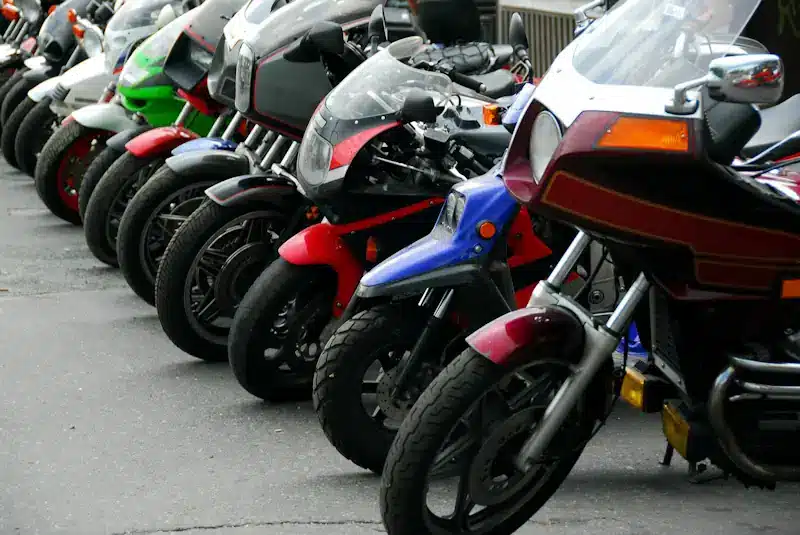
A dealership is designed to turn a profit, unlike a private buyer. Because of this, you will generally get less for your goods. The plus side of selling or trading in a bike at a dealership is that you have the potential to get rid of your bike right away. Dealerships also tend to accommodate the rider by ensuring a smooth transaction process.
It’s important to note when evaluating these two methods that just because you’ll get the most out of your price with a private party, it doesn’t mean you’ll get the most out of your sale. One advantage that selling to a dealership can have is the convenience and smooth transaction process. Dealing with private buyers can sometimes be risky, and it’s vital to vet whomever you’re selling to, but more so the private buyers.
All in all, dealerships can be a good option for a rider who wants as little red tape as possible and doesn’t mind taking a little less in return for their bike.
How Should I Sell My Motorcycle?
First, it’s essential to decide if you want to sell your bike online or locally. When selling online, the most significant variable that changes is shipping. If someone across the country decides to purchase your ride, you’re responsible for getting it to them. Let’s go over each method below:
Local
Most people find dealing their bikes locally to be more convenient and comfortable in the process. Here are the pros and cons:
Pros:
- No shipping: Your buyer comes to you and picks up your motorcycle right from your driveway, and you don’t have to worry about the headaches or costs involved with shipping a bike.
- Cash is king: You’d be hard-pressed to find someone who doesn’t appreciate cold, hard, cash. When someone buys a motorcycle from you locally, it’s a lot easier to use cash as payment compared to selling to someone across the country.
- Get to know your buyer: If your motorcycle’s next owner needs to be appreciated and well-cared-for, then selling to a local enthusiast might be your best bet.
Cons:
- Reach: Selling locally has the apparent limitation of only having your local area as your pool for potential buyers. When you put a motorcycle up for sale on the national stage via sites like eBay and CycleTrader, it multiplies the number of people looking at your bike and considering buying it.
Online Motorcycle Marketplaces
Selling on these online niche sites gives you a national audience which may get you an excellent price for your motorcycle. Here are the most popular choices and what makes them unique.
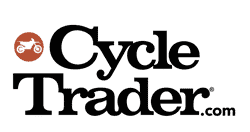
CycleTrader: CycleTrader is one of the biggest names in online motorcycle sales. You can see bikes for sale from dealerships and private parties alike all over the country. If you’re looking for a particular motorcycle, CycleTrader’s filtering system can make narrowing down your perfect bike a breeze.

ChopperExchange: ChopperExchange is unique because it exclusively deals with American motorcycles. If you’re shopping for a Harley-Davidson, Indian, or Victory motorcycle — or looking for a more niche American bike from brands like Confederate or Big Dog, then ChopperExchange is a great place to look. ChopperExchange has a strong community aspect making it like home for thousands of American motorcycle enthusiasts.
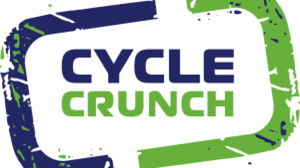
CycleCrunch: CycleCrunch, owned and operated by the same group that runs ChopperExchange, is similar in service, except it isn’t exclusive to American motorcycles. Everything from Harley to Honda to BMW is represented on CycleCrunch, making it a top competitor to CycleTrader.
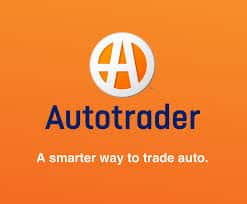
Autotrader: It’s understandable if you thought Autotrader was just for cars, but you can also buy a bike on Motorcycles on Autotrader. Autotrader carries an excellent reputation as a trusted platform for buying and selling vehicles, and that reputation carries over to Motorcycles. One downside of Motorcycles on Autotrader is that few people know about it, and some parts of the U.S. are a bit underrepresented on the platform.

RumbleOn: A unique thing about RumbleOn is that you can buy and sell just about anything with wheels and an engine on its platform. It’s not just for motorcycles, it’s also for buying and selling cars, trucks, and off-road recreational vehicles like ATVs and UTVs. RumbleOn has even promised that RVs and boats are coming to its platform soon.
Classifieds
Classifieds are understood as the tried and true way to sell a motorcycle locally. Classifieds used to be in your local newspaper, but let’s face it, the internet is a much better venue for classified ads. Here are some of the most popular choices.

eBay: eBay is a popular national stage for selling motorcycles. It’s easy to think of eBay as an auction site, but eBay also includes “buy it now” and “or best offer” options to accommodate the users. One of our favorite things about eBay is that it allows you to search not only for specific makes and models, but you can also shop by type with categories like bobbers, cruisers, naked bikes, sportbikes, and everything in-between. That makes it easier for your potential buyer to find your bike.

Craigslist: Craigslist has essentially replaced local newspaper classified ads and it’s a great place for buying and selling motorcycles without service fees to the seller The caveat to that is reach as Craigslist extends locally. We like the security of its email system which allows you to communicate with potential buyers without relinquishing any of your personal information to the public. Of course, that can work as a benefit or detriment for the user. If you’d like to take a more casual approach to sell your ride then Craigslist is right for you.

Facebook Marketplace: Facebook Marketplace is similar to Craigslist in the sense that you can post items for sale at no cost. One unique thing about Facebook Marketplace is that it has a slick communication platform built-in in the form of Facebook Messenger. With Craigslist, you have to call, text, or email in order to communicate with buyers and sellers.
Auction House
Auction houses are typically used for selling more exotic, rare bikes. Bikes that don’t have a bluebook listed price and are often valued subjectively or sentimentally. Selling a motorcycle through an auction house only makes sense if you have something particularly unique, rare, or valuable.
Suggested Marketplaces
ChopperExchange/CycleCrunch: While there are many great online marketplaces to use one of the biggest and most trusted niche marketplaces for motorcycles is ChopperExchange. With a nation-wide inventory of more than 20,000 new and used American motorcycles, it’s a no-brainer to give ChopperExchange a look. If you like the idea of ChopperExchange, but the motorcycle you’re trying to sell isn’t American, then CycleCrunch is the next best thing.
Want to Feel Safe on the Road?
It's not just a motorcycle, it's your passion. Protect it with insurance
Motorcycle Paperwork

Paperwork is easily the most arduous portion of the sales process. When a rider finds out how tedious this process is, oftentimes, they find themselves discouraged enough to postpone their sales endeavor or cancel it altogether.
Yes, paperwork can be a pain, but it’s not as bad as you might think. Here’s everything that goes into preparing paperwork for a motorcycle sale.
- Title: The title is the most important piece of paper in a motorcycle sale. The title is what determines the owner of a motorcycle. Every bike with a VIN has a title associated with it, which is needed to get a license plate for the bike so it can legally be ridden on public roads. The title contains information like the year, make, model, and VIN of the motorcycle along with the name and address of the owner.
If the seller owns the bike outright with no lien on the title, then transferring ownership of a motorcycle is as simple as both parties signing the title in the designated areas.
- Bill of Sale: Even with a title, it’s a great idea to have a bill of sale when selling a motorcycle. A bill of sale protects both the buyer and the seller. A properly filled-out bill of sale with signatures legally transfers ownership of the motorcycle between the point of sale and the time that the new owner gets it registered in their name with the DMV. Make sure you have two copies of the bill of sale (one for you, one for the buyer) and that they’re both signed by both the buyer and the seller.
- VIN (Vehicle Identification Number): Every street-legal motorcycle has a VIN, and it’s a great idea to include that in your listing. Doing so makes it easy for potential buyers to verify the year, make, and model of your bike and even get an insurance quote. Check your insurance card or the title if you’re not sure where the VIN is located on your bike.
So, how do you know what to put on a bill of sale? A company called LegalZoom has you covered. LegalZoom is a one-stop resource for all kinds of legal documents, including an excellent template for creating a bill of sale. Just enter the information that LegalZoom asks for, and it will produce a document you can print with all the information you need to make a legally binding bill of sale.
Shipping a Motorcycle
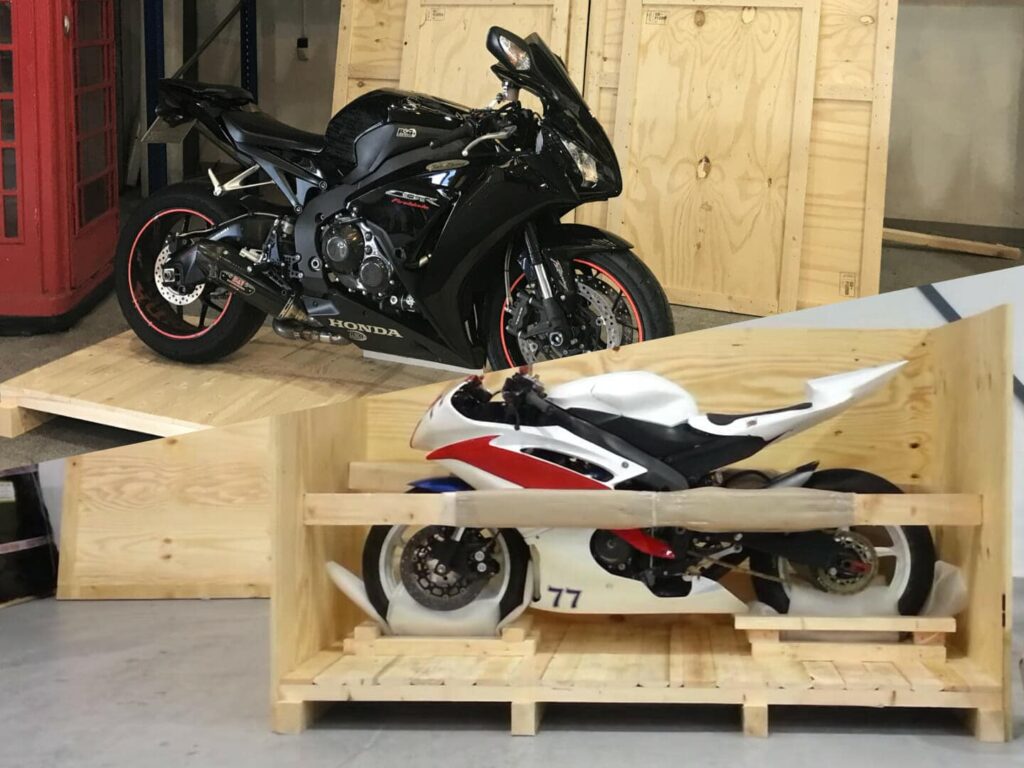
Worries about shipping a motorcycle are what keep many sellers from putting their bike on a national stage like eBay or CycleTrader, but it’s not as much of a pain as you might think.
- Cost: The cost of what it costs to ship a motorcycle depends on a few things. The significant factors are weight, distance, and which company you use. It’s a good idea to shop around with different companies that ship motorcycles like uShip, Haulbikes, and Montway Auto Transport to get an accurate estimate of what it would cost to ship your motorcycle to a buyer.
- Open vs. Enclosed: Open shipping means your motorcycle will be on an open trailer exposed to the elements while it’s being transported while enclosed means the bike will be inside an enclosed trailer. So, why wouldn’t you want to use the enclosed method? Because open transport is much more affordable. If the bike you’re shipping is particularly valuable, then we’d recommend going with enclosed transportation. Besides, the bike is in an open environment every time it’s ridden.
- Season: The time of year and the climate of where your motorcycle being transported is another thing to consider. If you’re transporting it through a snowy climate in winter, you may want to consider going with enclosed transportation.
Recommended Shipping Companies
- uShip: uShip is a shipping firm that helps you connect with a wide range of service providers for a small fee making it great for comparing rates. uShip also has a neat feature where you can import an eBay listing to estimate a shipping quote.
- Montway Auto Transport: As its name suggests, Montway specializes in automotive transportation and is also in the business of shipping motorcycles. It’s great for getting attractive discounts but does not offer online tracking.
- Haulbikes: Haulbikes is a transportation company that actually specializes in transporting motorcycles. If you want a shipping company that’s just as obsessed with motorcycles as you are, your bike will be in excellent hands with Haulbikes.

Wrap Up: Guidelines for Success
Knowing your price point
The true value of your motorcycle is whatever the highest bidder is willing to pay. Since you never know until the point of sale, do some research with resources like Kelley Blue Book and NADA Guides to get an idea for what bikes like yours are selling for in your area. The more common your motorcycle is, the easier it will be to get an accurate estimation of its value. If it’s more of an uncommon, niche motorcycle, its value might be a little harder to determine. It’s also a good idea to shop around for other bikes like yours for sale and see what their asking prices are.
Necessary Motorcycle Documentation
Refer to our Paperwork section.
Take proper, high-quality photographs of your motorcycle
Sadly, there are many motorcycles for sale online with terrible photos attached to their listings. Make sure you’re getting clear, high-quality photos of your bike in good lighting that show the potential buyers everything they want to see. Do a walk-around of the bike and take photos where the whole motorcycle is in the frame. It’s also a good idea to shoot close-up pictures of the engine and the gauge cluster. When taking photos, think about what you would want to see if you were thinking about buying this bike.
Prepare Your Motorcycle
Make your motorcycle cleaner than the day you got it before taking pictures and putting it up for sale. Thorough cleaning and tune-up covering the basics like an oil change and an air filter inspection are a necessity. If there are any safety hazards like really worn tires or some bad wiring, make sure you take care of that.
Transparency With Buyers
Lastly, just be honest and transparent in your listing. If there’s any damage to the bike, photograph it and point it out in the listing. If it’s ever been in an accident, make sure to mention that even if you’d never know it by looking at the bike. Think about what you would want to know about the motorcycle if you were the one buying it. Buyers appreciate honesty from sellers, and it can help you get a better price for your bike.
If you’re interested in buying instead of selling, check out our Complete Guide to Buying a Used Motorcycle. And, as always, if you’ve enjoyed the content, don’t forget to share it on social media and drop a comment below.


